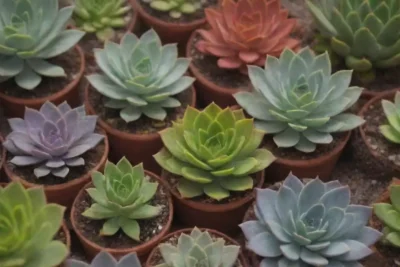
How to Maximize Space with Succulents in Small Gardens
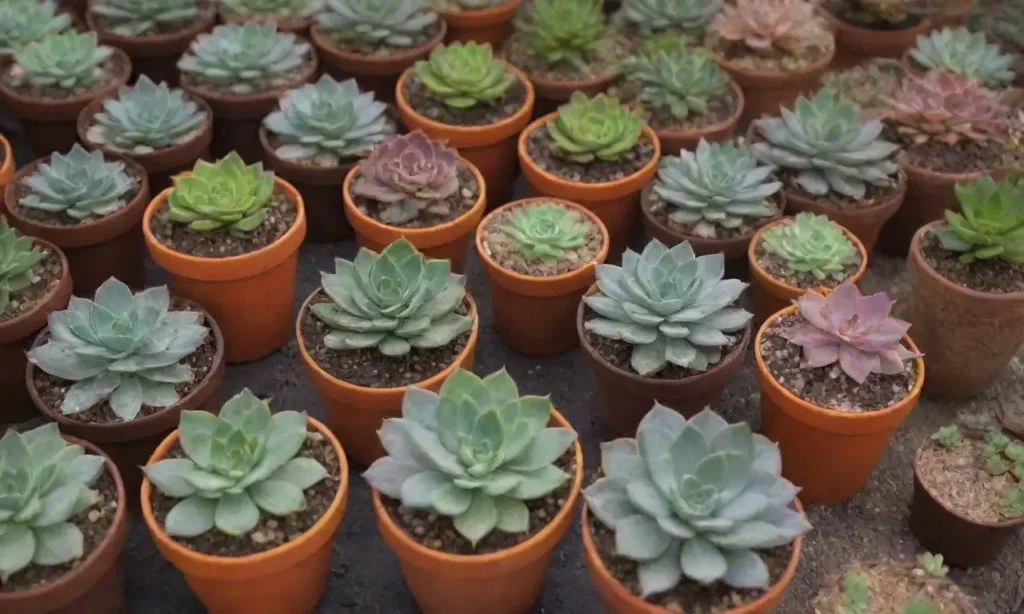
Introduction
In the realm of gardening, succulents have emerged as a favorite for many due to their unique aesthetic and low-maintenance nature. These hardy plants come in a variety of shapes, sizes, and colors, making them an ideal choice for those looking to bring some greenery into limited spaces. Small gardens can often feel cramped or underutilized, leading many to believe that they cannot achieve the lush, vibrant look they desire. However, with the right approach to planting and arranging succulents, anyone can transform their compact outdoor area into a stunning landscape.
This article will explore a variety of effective methods and creative ideas for maximizing space in small gardens using succulents. We will delve into the different types of succulents, their optimal placements, and practical tips for creating a visually appealing garden that thrives despite limited square footage. Whether you're a seasoned gardener or a novice, there’s plenty of insight to help you maximize every inch of your small paradise.
Choosing the Right Succulents for Small Spaces
Selecting the ideal succulents for your compact garden space is the first step towards creating a stunning display. Succulents are diverse, ranging from small, compact varieties to larger specimens that may not be suited for smaller areas. It's essential to consider factors like size, growth habits, and aesthetic appeal when making your choices.
A great approach is to opt for smaller, rosette-forming succulents such as Echeveria, Haworthia, and Sedum. These varieties are not only compact but also have a dense growth habit that can fill spaces efficiently without overwhelming them. Other fantastic choices for small gardens include Crassula, with its interesting foliage, and Aloe, particularly the dwarf species. These plants tend to require minimal care and can thrive in small containers and vertical gardens, which are ideal for maximizing space.
In addition to considering the size of your plants, it is also crucial to think about the colors and textures of the succulents you choose. Mixing different varieties can create visual interest, and contemplating focal points can enhance the overall design of your small garden. Select a few standout succulents to serve as focal points and surround them with smaller varieties for balance and cohesion. This playful mix can create a delightful garden that feels lush and full without the need for expansive surroundings.
Designing Vertical Gardens with Succulents
Vertical gardening is a brilliant strategy for anyone looking to maximize their small garden space. This method allows you to use walls, fences, and even freestanding structures to create stunning displays of succulents that reach upwards rather than outwards. Not only does this conserve ground space, but it also adds interesting dimensions to your garden.
When designing vertical gardens, consider using wall planters, which can be easily installed on various surfaces. You can either buy pre-made options or create your own using materials like wooden pallets, hanging shoe organizers, or even old gutters. Fill these structures with succulent soil and plant an array of your chosen varieties. The key to vertical gardening is to ensure that the plants chosen can thrive in an upright or leaning position and receive adequate sunlight.
 How to Arrange Succulents in Your Home for Maximum Impact
How to Arrange Succulents in Your Home for Maximum ImpactAdditionally, living walls have gained popularity in urban settings. These vertical structures are covered with plants and can be designed to fit any wall or fence. For small gardens, a living wall bursting with different succulent varieties can create a beautiful and thriving green tapestry that draws the eye upward, making the space feel larger.
Another technique involves hanging succulent terrariums. Clear containers filled with soil and small succulents can be suspended from the ceiling or mounted on a wall, creating floating gardens that save floor space. The beauty of vertical gardens is that they provide an excellent opportunity for creativity while also giving your garden a sense of elegance and sophistication.
Container Gardening with Succulents
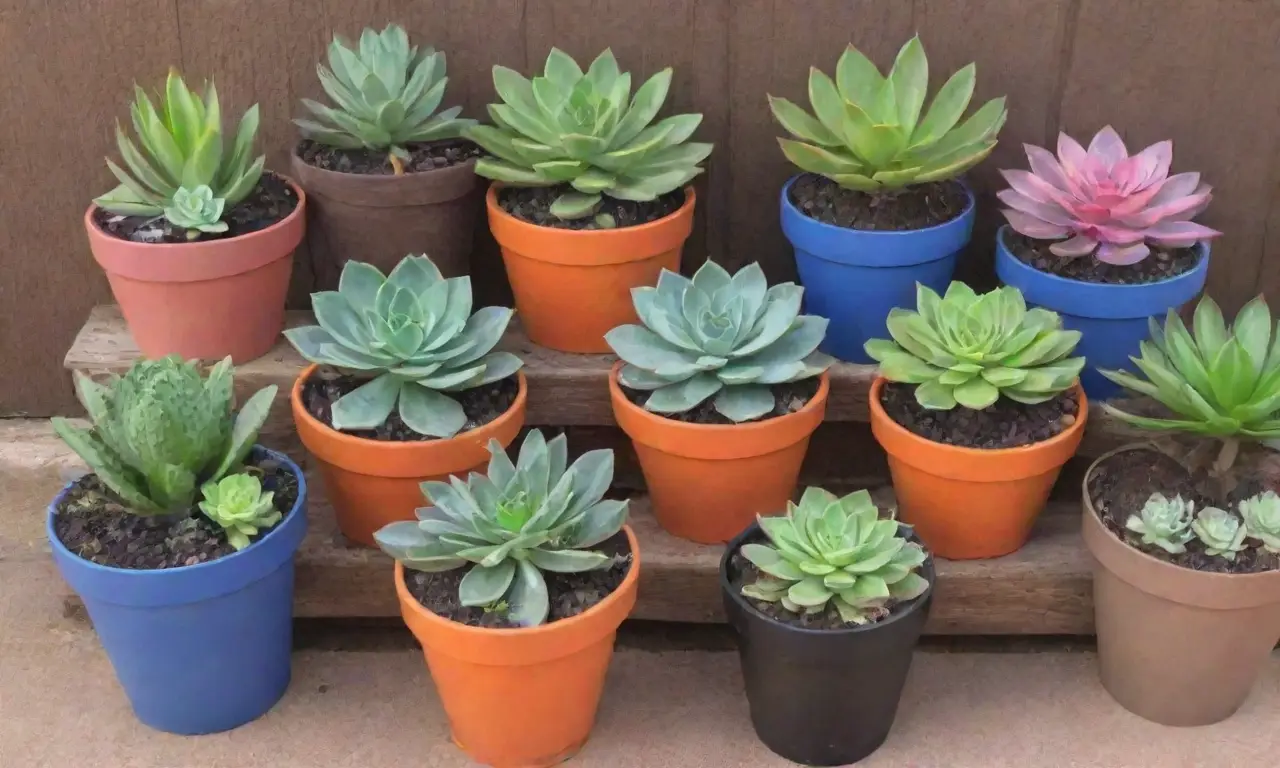
Container gardening is an intuitive method for cultivating succulents in small spaces. The flexibility that containers offer allows for rearranging plants as your taste changes or as the seasons shift. There are numerous styles and materials to choose from, including terracotta pots, ceramic containers, and even repurposed items like tin cans or wooden crates, which can add personality to your garden.
When selecting containers, consider their size and drainage capabilities. Succulents thrive in well-draining soil and containers with drainage holes are crucial to preventing root rot. Grouping several containers together can create a mini-garden effect, allowing you to plant different varieties in each and mixing textures and colors to enhance visual interest.
As you arrange your containers, think about levels and heights. Utilizing plant risers or stands can bring some containers higher than others, creating a tiered look that makes each plant more noticeable. This not only expands your garden's aesthetic but also utilizes the vertical space creatively without the commitment of a full vertical garden.
For a cohesive look, consider painting or decorating your containers in a uniform style or color palette. A well-considered theme can enhance the appeal of your garden, tying together various elements into a harmonious display. Include decorative gravel or stones in your pots for additional texture and to further complement the succulents.
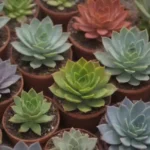 Understanding Temperature Needs for Succulents in Different Regions
Understanding Temperature Needs for Succulents in Different RegionsMaintenance Tips for Succulent Gardens
Maintaining a succulent garden is relatively straightforward, making them perfect for busy individuals or those new to gardening. Nevertheless, understanding some basic care guidelines will ensure your plants thrive even in confined spaces.
Every succulent requires well-draining soil, which is especially important in small garden containers. Using a mix specifically designed for succulents typically contains sand or perlite, which aids drainage and prevents root rot. Ensure your plants are not overwatered; allowing them to dry out completely between watering sessions is key. During the hotter months, you may find that your succulents require more frequent watering, while in cooler months, they may need far less.
Additionally, providing adequate sunlight is crucial. Most succulents thrive in bright, indirect sunlight. If your small garden is shaded by larger plants or structures, consider rotating them periodically or using reflective materials to ensure they receive adequate light. Furthermore, pay attention to your plants during seasonal changes, as altering their positioning may enhance their health and growth.
Regularly check your garden for pests and diseases, as even low-maintenance plants can fall victim to certain issues. Treat any infestations gently with natural pest control methods or commercially available products that are safe for succulents. Finally, remember to prune your succulents periodically. This helps maintain their desired size and promotes bushier, healthier growth.
Conclusion
In conclusion, creating a vibrant and thriving garden filled with succulents is absolutely achievable, even in small spaces. By carefully selecting the right varieties, creating vertical and container gardens, and adhering to maintenance best practices, anyone can transform their compact outdoor area into a lush retreat. Whether you choose to use wall planters, pots, or a mix of both, your garden can become an expression of your unique style and creativity.
Participating in succulent gardening can be incredibly rewarding, allowing for experimentation and personalization at every turn. These plants not only beautify small spaces but are also beneficial as they promote a healthier living environment and can be a source of joy and relaxation. With the tips presented in this article, you have a solid foundation to maximize your small garden with succulents, bringing the beauty of nature closer to home.
So roll up your sleeves, grab your gardening tools, and start your journey into the world of succulents! There’s no better time than now to turn your small garden into a vibrant oasis that reflects your personality and connects you to the beauty of nature.
 How to Care for Succulents in Windy Outdoor Locations
How to Care for Succulents in Windy Outdoor LocationsIf you want to read more articles similar to How to Maximize Space with Succulents in Small Gardens, you can visit the Best locations for succulents category.

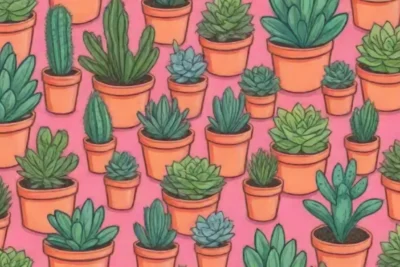
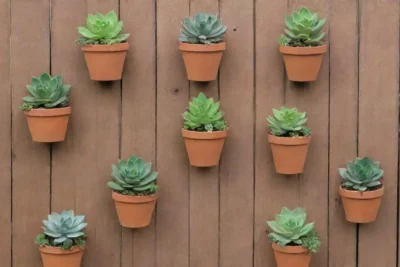
You Must Read